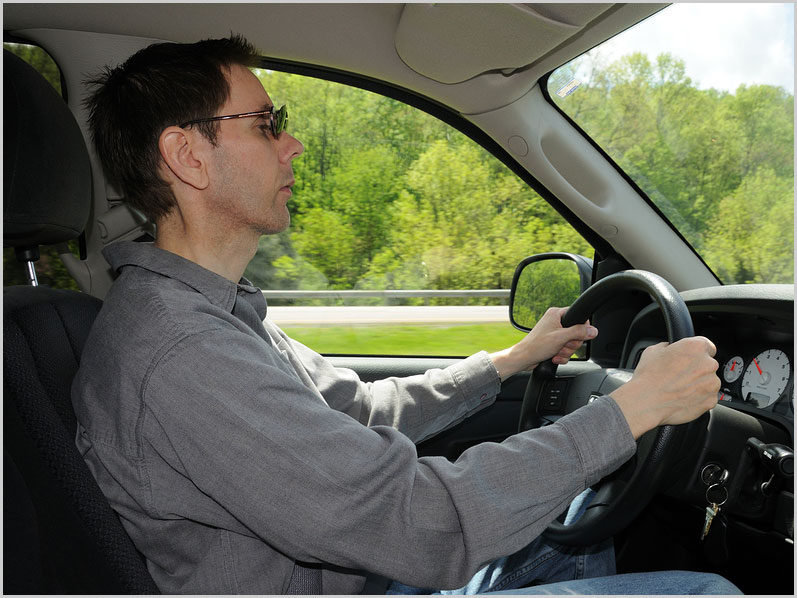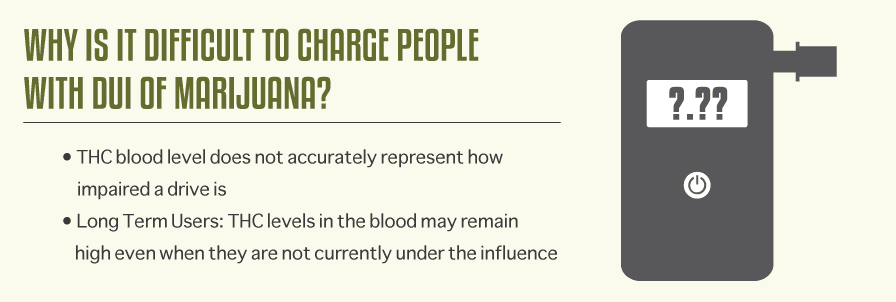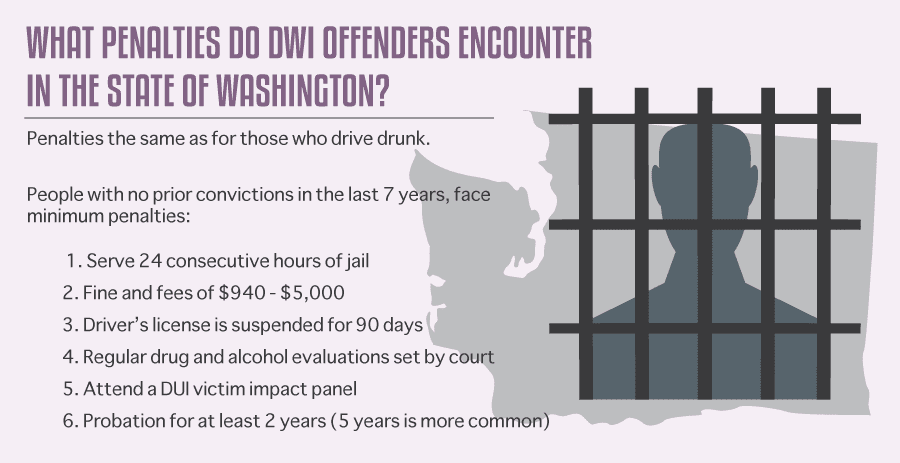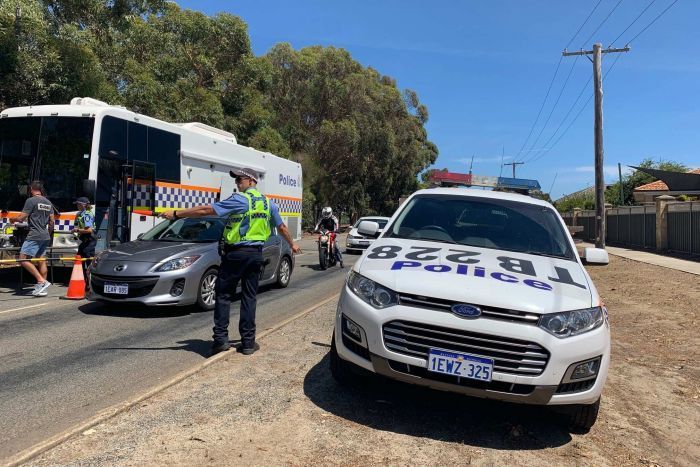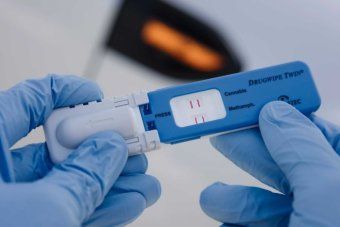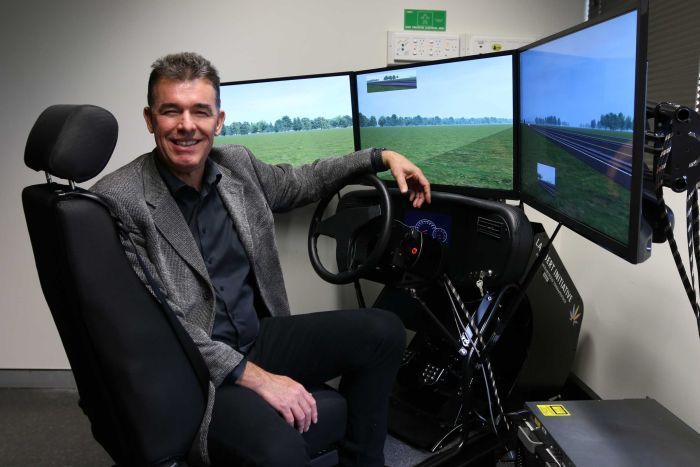Congressional Report Raises Questions About Whether Marijuana Impairs Driving
Concerns expressed by lawmakers that marijuana legalization will make the roads more dangerous might not be totally founded, a congressional research body said in a recent report. In fact, the experts tasked by the House and Senate with looking into the issue found that evidence about cannabis’s ability to impair driving is currently inconclusive.
While law enforcement has well-established tools to identify impaired driving from alcohol, developing technology to do the same for cannabis has proved difficult. Not only is the technology lacking, but questions remain as to how THC affects driving skills in the first place and what levels of THC should be considered safe.
“Although laboratory studies have shown that marijuana consumption can affect a person’s response times and motor performance, studies of the impact of marijuana consumption on a driver’s risk of being involved in a crash have produced conflicting results, with some studies finding little or no increased risk of a crash from marijuana usage,” the Congressional Research Service (CRS) wrote.
What’s more, “studies have been unable to consistently correlate levels of marijuana consumption, or THC in a person’s body, and levels of impairment.”
Both advocates and opponents of marijuana reform strongly support finding a resolution to the impaired driving detection issue. But experts aren’t so confident that researchers will be able to develop something akin to an alcohol breathalyzer, as the most promising attempts have only been able to determine whether a person has smoked within recent hours.
What’s striking about the report from Congress’s official research arm is that it repeatedly states it’s not clear that cannabis consumption is associated with an increased risk of traffic accidents. In general, the issue has been
treated as something of a given in congressional hearings, with some lawmakers arguing that loosening federal cannabis laws would lead to a spike in traffic deaths.
That argument was echoed in a separate House Appropriations Committee report that was released on Monday. A section of the document
described ongoing concerns about drugged driving “due to the increase in States legalizing marijuana use” and designated funds to help law enforcement identify impaired driving from cannabis.
The CRS report, which was published last month, signals that the problem isn’t quite as cut and dry as lawmakers might think.
Researchers have found on several occasions that
traffic fatalities do not increase after a state legalizes marijuana.
Of course, that doesn’t change the fact that both opponents and supporters of legalization generally caution against driving under the influence.
“Cannabis inhalation in a dose-response manner may influence certain aspects of psychomotor performance, particularly in those who are more naive to its effect,” Paul Armentano, deputy director of
NORML, told Marijuana Moment. “But this influence is typically short-lived and is far less acute than the psychomotor effects associate with alcohol.”
“By contrast, THC’s unique absorption profile and prolonged detection window in blood makes it so that—unlike as is the case with alcohol—the detection of THC in blood is not necessarily indicative of either recency of use or behavioral impairment,” he said.
The congressional report discusses the limitations of technology in detecting active impairment from cannabis and details previous studies on traffic trends in states that have reformed their cannabis laws. It also lays out legislative options for Congress to “aid policymaking around the issue of marijuana and impairment.”
As it stands, states have generally enforced impaired driving laws through one of two processes. Some states “require that the state prove that a driver’s impairment was caused by the substance or behavior at issue” while others have per se laws asserting that “a driver is automatically guilty of driving while impaired if specified levels of a potentially impairing substance are found in his or her body.”
But it’s significantly easier to prove impairment for alcohol however you cut it, the report explains.
“Detecting impairment due to use of marijuana is more difficult. The body metabolizes marijuana differently from alcohol,” the authors
wrote. “The level of THC (the psychoactive ingredient of marijuana) in the body drops quickly within an hour after usage, yet traces of THC (nonpsychoactive metabolites) can still be found in the body weeks after usage of marijuana.”
Further there is “as yet no scientifically demonstrated correlation between levels of THC and degrees of impairment of driver performance, and epidemiological studies disagree as to whether marijuana use by a driver results in increased crash risk.”
Detecting impairment from cannabis is additionally complicated by another extraneous circumstance: variation in THC potency. The THC concentration conundrum is exacerbated by the fact that the only source of federal, research-grade cannabis “is considered by some researchers to be low quality,” the report stated, referring to studies showing that the government’s marijuana supply
does not chemically reflect what’s available in state-legal commercial markets.
CRS also looked at the “inconsistent” results of studies examining the effects of cannabis use on traffic incidents. While some have indicated that consumption poses an increased risk on the road, the report argues that some may be conflating correlation and causation.
“Relatively few epidemiological studies of marijuana usage and crash risk have been conducted, and the few that have been conducted have generally found low or no increased risk of crashes from marijuana use,” CRS wrote.
After going through several other related issues, CRS laid out a couple of choices for Congress when it comes to dealing with the impaired driving issue. Those options include “continued research into whether a quantitative standard can be established that correlates the level of THC in a person’s body and the level of impairment” and compiling “better data on the prevalence of marijuana use by drivers, especially among drivers involved in crashes and drivers arrested for impaired driving.”
One of the last elements the report specifically focused on was federally mandated drug testing for individuals in “safety sensitive” jobs in the transportation sector. Interestingly, CRS seemed to suggest that, given the issues they outlined with respect to difficulties identifying active impairment from THC, the government should reevaluate whether suspensions for testing positive should be permanent.
“CRS could not identify any data on how many safety-sensitive transportation employees have lost their jobs as a result of positive tests for marijuana use,” the report states. “Considering the length of time that marijuana is detectable in the body after usage, and the uncertainty about the impairing effect of marijuana on driving performance, Congress and other federal policymakers may elect to reexamine the rationale for testing all safety-sensitive transportation workers for marijuana usage.”
“Alternatively, Congress and federal policymakers may opt to maintain the status quo until more research results become available,” the report advised.
Armentano, of NORML, said that legislators should be way of enacting policies focused on levels of THC or metabolites in drivers.
“As more states consider amending their cannabis consumption laws, lawmakers would best served to avoid amending traffic safety laws in a manner that relies solely on the presence of THC or its metabolites as determinants of driving impairment,” he said. “Otherwise, the imposition of traffic safety laws may inadvertently become a criminal mechanism for law enforcement and prosecutors to punish those who have engage in legally protected behavior and who have not posed any actionable traffic safety threat.”

